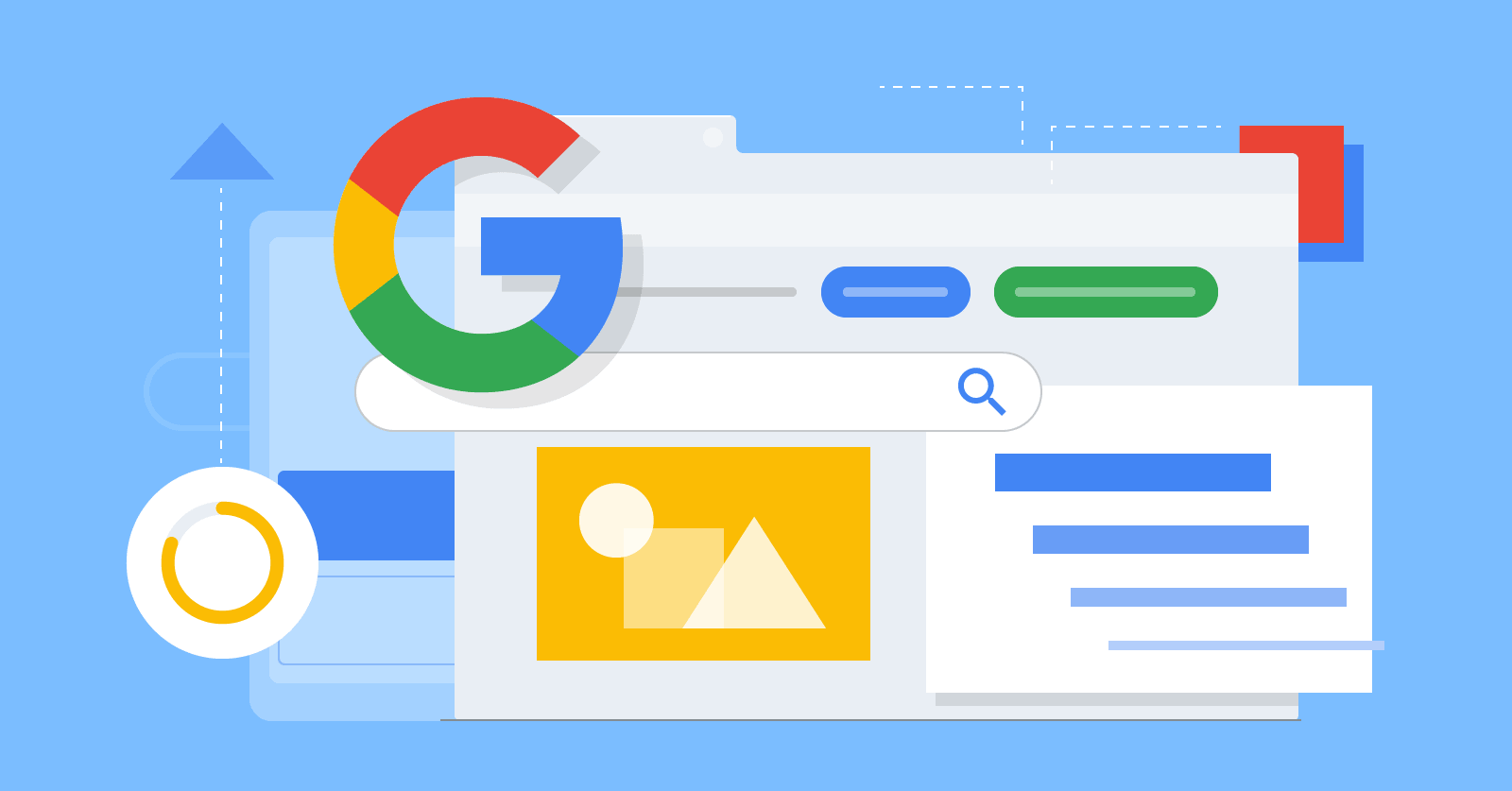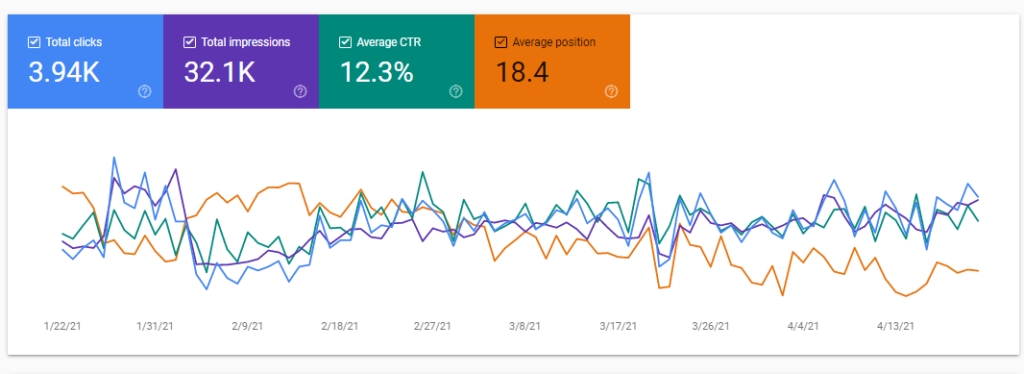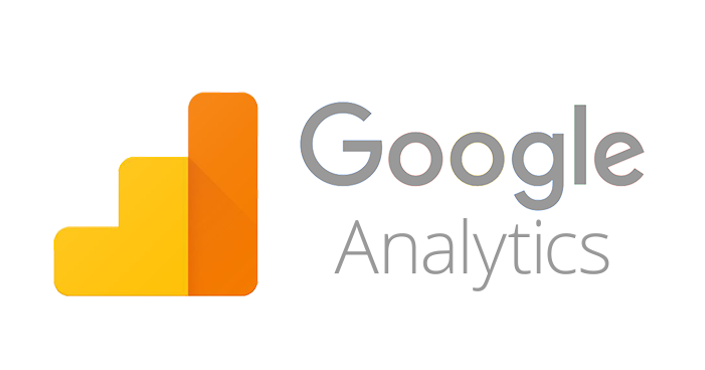
July 20, 2022, 0 Comments
Optimizing Your Website for SEO: Comprehensive Guide (18 Tips)
Search engine optimization (SEO) is a marketing technique focused on increasing the visibility of a website in search engines. In other words, SEO is about helping your website get discovered by users through search engines when they conduct searches related to your business and its services. In this article, we’ll explain everything you need to know about optimizing your website for SEO. We’ll begin by providing an overview of SEO and highlighting its importance as an effective digital marketing strategy. Next, we’ll discuss specific strategies for optimizing your website for search engines, including identifying the right keywords, using appropriate metadata, creating quality content, and more.

What is SEO?
SEO stands for “search engine optimization,” and it’s the process of increasing the visibility of a website or a web page in search engine results by improving the ranking of that page in search engine results. SEO is mainly focused on organic search, which means they use of natural search results that appear on a user’s screen without the use of paid advertisements. For example, when someone types “pizza restaurants near me” into Google, an advertisement might appear at the top of the page, but the organic results will display below the ads. When someone uses a search engine, their search is matched with a website that has been optimized for that query. An appropriate amount of optimization will depend on the keywords that are used. If you are optimizing your site for “pizza restaurants near me”, then you should be using that as your keyword.

Why is SEO Important?
The single most important thing when it comes to digital marketing is traffic. SEO can bring you an unlimited amount of targeted and interested traffic to your website. The search engine algorithms are always changing and evolving, which makes SEO a never-ending optimization and marketing strategy. So, if you want to stay up-to-date with the latest and greatest trends and best practices, then you will have to keep up with your SEO like it’s a full-time job. Although SEO can be a challenging and time-consuming process, it is definitely worth all of the effort.
The Beginner’s Guide to Optimizing Your Website for SEO
For your readers to find your website and turn into paying customers, it must appear in the top search engine results. Here are the most important SEO tips to get your website noticed.
Decide on a blogging platform
You can create your website either through a website builder or by using a content management system (CMS). The CMS is the more common option because it offers flexibility and control over your website. The most popular CMS platforms include WordPress, Squarespace, Wix, Hubspot, and Shopify. Some of these content management systems have SEO built in, which means you can skip some of the following steps.
Create Quality Content
Search engines like to see websites that add value to the internet. One of the best ways to do this is to create quality content for your readers. But what does quality content look like? And how can you write quality content for your website? Quality content is the key to successful SEO campaigns.

When you produce high-quality content, you are more likely to attract links from authoritative websites. You will also be able to build a strong profile for your brand, which can help you to stand out from your competitors. With so many sites online, it can be difficult to know what is considered quality content. The key is to make sure that your content is well-written and interesting. It should also be relevant and timely. By following these guidelines, you can ensure that your site will rank higher in search results.
Select the Right Keywords and Write Articles Around Them
When you are optimizing your website for SEO, it is important to choose the appropriate keywords. You can use tools such as Google Keyword Planner or SEMrush to discover popular and high-trafficked keywords for your website. The next step is to create articles and blog posts around these keywords. This will help search engines understand what your website is about and why someone should click on it.

Develop a Marketing Strategy and an SEO Strategy
When you have determined what keywords you want to rank for, you can create an SEO strategy. This is the overall approach that you will take to increase your SEO. There are three main aspects of your SEO strategy: –
- Website optimization and technical SEO
- Content creation and publishing
- Link building

Alternative Keywords and Keyword Research
A keyword is a word or phrase that internet users enter into a search engine when looking for something online. Keywords are the foundation of your SEO strategy because they allow you to rank in search results for specific topics related to your business. However, there are two types of keywords that you need to understand before you start optimizing your site. The first is alternative keywords. Alternative keywords are related words and phrases that you want your site to rank for in search results. This can be helpful if you’re trying to rank for a keyword that gets a lot of search traffic but has a high competition level. The second type of keyword is the primary keyword. This is the keyword that you’re trying to rank for and is the most important aspect to your SEO strategy. Your primary keyword is essential to your business and is what will ultimately drive traffic to your site.
Website Structure and Platform
One of the most important aspects of optimizing your site for SEO is choosing the right platform. First, determine if your website is hosted on a content management system (CMS). This can be a great option for small businesses and start-ups. Alternatively, you can go with a static website generator, which allows you to make changes to your site without touching the code. You can also decide to build your site from scratch.
Whether you use a CMS or start from scratch, you can structure your site in a way that’s friendly to search engines. First, make sure that your homepage is optimized for search engines by including key terms and relevant information. Next, make sure that your other pages are also optimized for search engines, including your About page and Contact page. Finally, optimize your internal linking structure to boost the importance of your most important pages.
Website Content and User Experience
Now that your site is optimized for search engines, you need to make sure that your content is written with your audience in mind. The goal of search engine optimization is to engage users that are interested in your business and encourage them to take action. This is why it’s important to write your content for humans, not search engines. Your content should be written with your target audience in mind. You can do this by understanding what your audience wants and needs to know about your business.

For example, if you sell fitness equipment, your audience likely wants to know the benefits of fitness, what equipment you sell, and how to use it. When optimizing your content for SEO, it’s important to make sure that it’s properly formatted. This means that your content should be written in an engaging way and be between 300 and 2,000 words. Additionally, your content should include internal links that point to related topics. This is helpful for both humans and search engines.
Create Quality Infographics
An infographic is a visual representation of information or data. In other words, infographics are images that display information and data in an easy-to-understand format. While many businesses are now using infographics to enhance their marketing efforts, you can also use them to improve your SEO. When you create a high-quality infographic and post it on your site, you’re optimizing your site for SEO. This is because search engines like Google typically rank websites that include quality images at the top of their SERPs. That’s why it’s important to create a high-quality infographic that will help your SEO efforts. You can create an infographic in one of two ways. First, you can hire a designer to create an infographic for you. Alternatively, you can create one yourself using a site like Canva. When creating your infographic, make sure that it contains relevant keywords and information. This will help you rank higher in search results.
RSS and XML Optimization
RSS and XML are types of feeds that allow visitors to subscribe to your website content. This means that if you have an RSS feed or XML feed, users can subscribe to your content and receive updates via email or their feed reader, like Feedly. When your RSS feed or XML feed is properly optimized, you can expect to see an increase in traffic to your website. This is because search engines like Google, Bing, and Yahoo use RSS feeds to discover new content, including your website. To optimize your RSS feed or XML feed for search engines, you need to make sure that they’re properly formatted and contain keywords. If you’re creating your RSS feed or an XML feed, make sure that they’re written correctly and include your business name, website URL, and primary keyword.
Website Structure and Navigation menu optimization
At the most basic level, optimizing your website for search engines means making sure that its internal architecture is navigable and structured for easy crawling by search bot algorithms. In other words, search engines should be able to easily crawl and parse your site’s content so that its users can easily find what they’re looking for. One of the easiest ways to optimize your website for search engines is by including a site navigation menu, either at the top or the side of your website. This allows search engine bots to easily navigate through your site’s pages and content. You should also make sure that your website’s internal URL structure is consistent and logical. For example, if your website’s URL structure is haphazard, like “example.com/new/sub/page.html,” search engines will have a difficult time crawling your site. Instead, make sure that your URLs are clear and consistent, like “example.com/services/” or “example.com/about-us/.”
Setup Google Webmaster & Google Analytics

Before you can optimize your website for search engines, you’ll need to set up a Google webmaster account. A Google webmaster account is a free tool that you can use to view and monitor your website’s search engine performance statistics, like how often your website is being searched, where your website ranks on search engine result pages (SERPs), and more.

You can use the Google Search Console (previously known as Google Webmaster) to set up a Google webmaster account, verify your website’s address, view your website’s search engine performance statistics, and more. You can also use the Google Analytics tool to measure your website’s traffic, conversions, and more. These two tools will be crucial as you begin optimizing your website for search engines because they’ll allow you to monitor your website’s traffic and track your SEO progress over time.
On-page HTML Markup
Once you’ve set up a Google webmaster account and verified your website, you can begin optimizing your website for search engines. The first step is to thoroughly analyze your webpage’s HTML markup and identify any potential SEO issues that may be impeding your website’s performance. Using a tool like SEO audit tools, you can thoroughly analyze your webpage’s HTML markup for any potential SEO issues. You can also use an HTML validator to find and fix any errors that may be impeding your website’s SEO performance. A few common SEO issues that you should look out for include low-quality or unoriginal content, broken links, excessive or improper use of keywords, and a lack of internal linking. Keep in mind that you can often fix these issues using Google’s Structured Data Markup Helper, or by manually correcting your webpage’s HTML markup.
Meta-data: Helping search engines know about your site
Once you’ve analyzed your webpage’s HTML markup for potential SEO issues, you can begin optimizing your website’s meta-data. Meta data is the information that appears next to your website’s listing on search engine result pages (SERPs). There are three different types of meta-data that you should be aware of and should include in your website’s online listings: – Title tags: The title tag is the most visible part of your website’s meta-data.
The title tag is essentially a short summary of your website’s content, and is often displayed in bold letters at the top of your website’s listing on SERPs.
URLs: The URL of your website’s pages are another important part of your website’s meta-data. This is because search engine algorithms use the URL of your website’s pages as a way to understand the content of your website. – Meta description:
The meta description is a brief summary of your website’s content that’s displayed below your website’s title on SERPs. The meta description is not always displayed as bold text, but is often used by Google’s algorithm as a way to summarize your website’s content—and therefore can play a crucial role in helping your website rank higher in SERPs.
Off-page Optimization Strategies
Once you’ve optimized your website’s on-page SEO, it’s time to begin focusing on off-page SEO strategies. The first thing to note is that most off-page SEO strategies do not impact your website’s SEO score in a way that you can measure.

In other words, SEO score, which is calculated by Google’s algorithms, is something that you cannot directly affect. However, there are a number of off-page SEO strategies that you can use to help improve your website’s visibility in SERPs. The most popular off-page SEO strategies include link building, content marketing, and social media marketing.
Summing up
Website optimization is a critical part of digital marketing, and it’s something that you should never overlook. When done right, optimizing your website can help you rank higher in SERPs, drive more traffic to your website, and increase your conversion rate. To optimize your website for search engines, you’ll first need to conduct a thorough audit of your site’s internal architecture.
This includes auditing your site’s HTML markup, URLs, and meta-data. Once you’ve fixed any potential SEO issues, you can begin implementing on-page SEO strategies, like optimizing your website’s content and metadata. With consistent effort, you can expect to see a positive impact on your website’s SEO performance in the coming months.
When optimizing your website for SEO, start by choosing the right blogging platform. Create quality content, select the right keywords, and develop an SEO strategy. With these tips in mind, you will be well on your way to ranking higher in search engine results! With these SEO tips in mind, you will be well on your way to ranking higher in search engine results!

Recent Comments